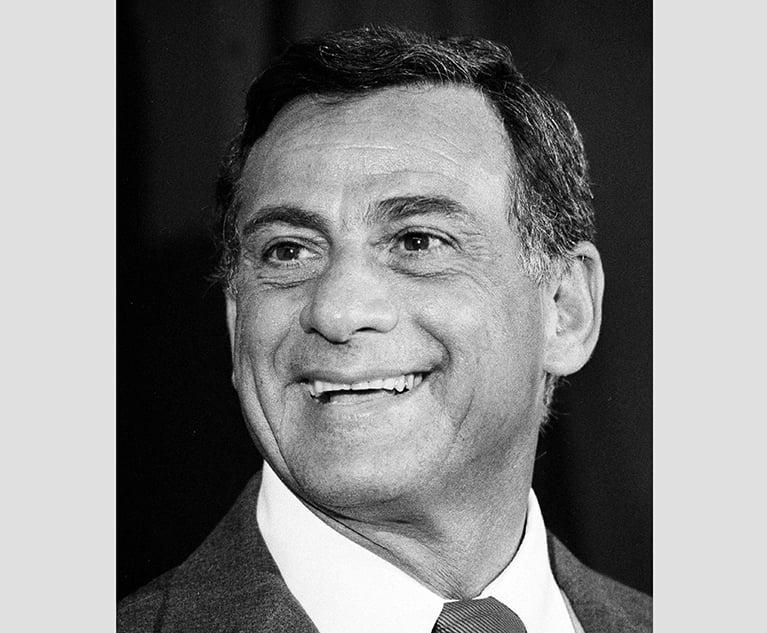Francisco Goya (1746-1828) in Spain and Honore Daumier (1808-1879) in France are the two artistic masters in the western world whose paintings, prints, etchings, engravings and drawings most powerfully depict the related subjects of law and politics. Both lived their subject matter: an impoverished Spain that Napoleon invaded in 1808, followed with his defeat in 1814 by an insipid and cruel Spanish monarchy; and, in France, the revolutions of 1830 and 1848, the dictatorship of Napoleon III, and the Franco-Prussian War of 1870. Given the multitude of these horrific events and conditions, which included an enfeebling corruption endemic in both countries, is it any wonder that both produced thousands of works?
Goya’s court career began in 1774-75 when he was commissioned to paint tapestry cartoons which were then woven by the Royal Tapestry Factory of Santa Barbara. Goya’s cartoons mostly portrayed a joyous rural peasant life—Madrid’s court couch-potatoes obviously deluding themselves about the scope of royal benevolence.


 Honoré Daumier, Lawyers and Litigants (1851), lithograph, The Phillips Collection, Washington D. C. (Wikicommons)
Honoré Daumier, Lawyers and Litigants (1851), lithograph, The Phillips Collection, Washington D. C. (Wikicommons)




